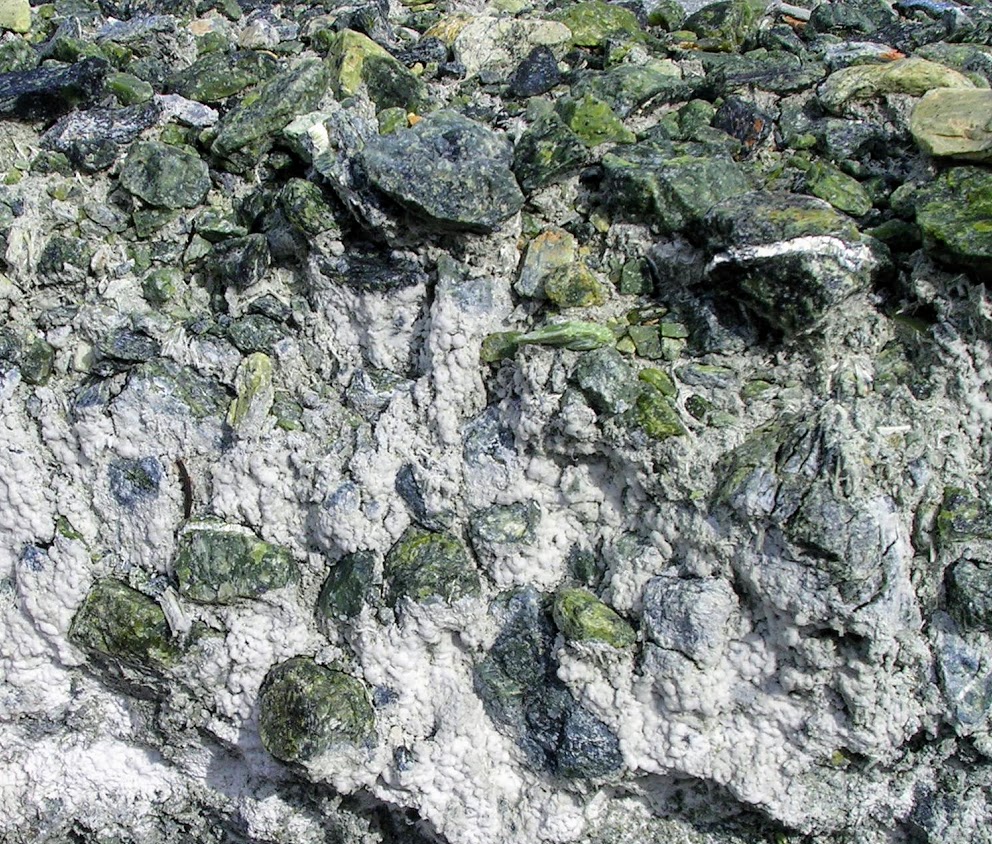UBC-led project combats emissions by locking carbon dioxide in mine waste
July 23, 2019

July 23, 2019

Two Canadian mines will pilot University of British Columbia-led research that combats greenhouse gas emissions by trapping carbon dioxide in mine tailings, the waste left over from ore mining.
The technology could drastically reduce the greenhouse gas emissions of mining operations and result in the world’s first greenhouse gas neutral mine.
The project—a collaboration between UBC, the University of Alberta, Trent University and Institut national de la recherche scientifique (INRS) and three leading mining companies—heads to the field this summer with a $2-million boost from Natural Resources Canada’s (NRCan) Clean Growth Program. The funding was announced today in Yellowknife, N.W.T., as part of the program’s investments into clean technology research and development in the Canadian mining sector.
The field trials build on more than a decade of research and will focus on new technologies that maximize the reaction between carbon dioxide (CO2) and magnesium silicate-rich mine tailings, the waste from mining nickel, diamond, platinum and others materials.
In a natural process called carbon mineralization, CO2 reacts with magnesium silicate and hydroxide minerals in tailings. The reaction traps the greenhouse gas into a solid, cement-like mineral, where it can remain in a benign state for thousands of years or more.
“We estimate that reacting just 10 per cent of a mine’s waste stream could be more than enough to offset the annual carbon emissions produced by a mining operation,” said Greg Dipple, project lead and professor at the Bradshaw Research Initiative for Minerals and Mining (BRIMM) at UBC. “This generous funding from the government and support from our industry partners will allow us to move these technologies to a larger scale at active mine sites.”
Field trials will take place at the De Beers Group’s Gahcho Kué Diamond Mine in N.W.T. this summer and at a prospective nickel mine in B.C. in 2020. They will be supported by an additional $1.2 million in funding from De Beers Group, FPX Nickel Corp, Giga Metals Corp and Geoscience B.C. and is supported by the governments of B.C., Yukon and N.W.T.
Efforts in N.W.T. will focus on capturing carbon dioxide produced by the mine’s powerplant, while testing in B.C. will focus on capturing carbon directly from the atmosphere.
“We’ve achieved rapid carbonation within days to weeks in the lab,” said Dipple. “The challenge is to reproduce this success at large volumes in the field.”
In order to achieve results at scale at the active mine sites, the researchers will test more effective ways to identify the most reactive tailings and store them in a way that improves CO2 delivery and reaction.
Co-benefits of the process include stabilizing tailings piles and reducing the amount of dust generated on mine sites.
The current scale of mining of commodities hosted in magnesium silicate rocks would be sufficient to trap between 100 to 200 million tons of CO2 per year if all their waste streams were fully reacted.
“Our work will help to unlock the potential of these minerals as an effective resource for managing greenhouse gas emissions and will contribute to making Canada’s resource sector more environmentally and economically sustainable,” said team member Sasha Wilson, associate professor and Canada Research Chair in Biogeochemistry of Sustainable Mineral Resources at the University of Alberta.
In the future, the team hopes to expand the technologies to include other types of rocks.
We honour xwməθkwəy̓ əm (Musqueam) on whose ancestral, unceded territory UBC Vancouver is situated. UBC Science is committed to building meaningful relationships with Indigenous peoples so we can advance Reconciliation and ensure traditional ways of knowing enrich our teaching and research.
Learn more: Musqueam First Nation